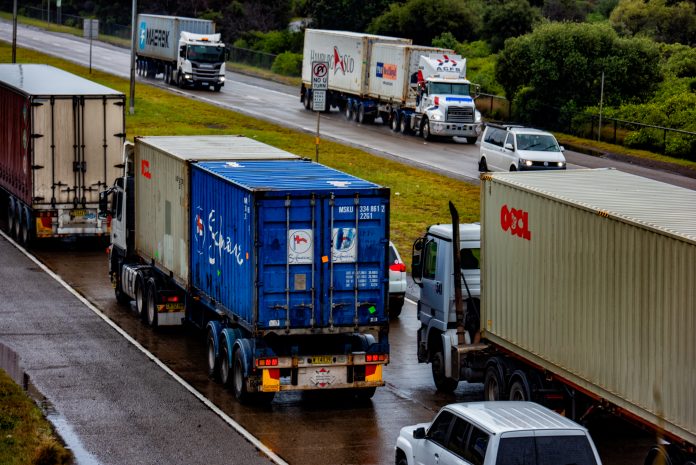With a high strength to weight ratio, environmental advantages and reduced maintenance costs, the transportation industry is reaping the benefits of composite materials. Jari Sopanen, Product Business Owner for Transportation at Exel Composites, explains more
There is a trend in the transportation industry for larger vehicles. Whether it’s busses, trains or articulated trucks, the idea is simple; carry more cargo. The challenge is to find ways to safely carry greater loads while saving fuel and reducing environmental impact. Another growing trend is to make these larger vehicles electric.
Better for batteries
Electric vehicle (EV) batteries are heavy and, although technology is advancing at a blistering pace, it is highly likely that the bulk battery weight will not decrease as any miniaturisation will be used to install more batteries to increase range and power.
Minimising component weight is, therefore, critical and fibreglass and carbon fibre alternatives are incredibly suitable for this light-weighting, especially for EVs. For example, EV batteries must be held in special boxes to protect them but also to prevent any discharge from shocking passengers.
Metals are conductive, which makes them unsuitable whereas most composites aren’t, meaning that when made from composites, which possess a higher strength to weight ratio, they are perfect for this application. Rather than building a battery box from aluminium or steel, composites such as carbon fibre can save around 40% of the weight.
Another option, fibreglass, is 200 times more thermally efficient than aluminium, which makes it an ideal material for the battery enclosure as it better shields the battery from the heat and contributes to a faster and more energy-saving cold start in colder conditions. This is important because maintaining the battery box’s internal temperature requires energy to heat or cool the box accordingly. Using more thermally efficient materials in the battery box’s construction reduces the energy consumption of the vehicle.
Larger, but lighter
Due to EVs’ current limited distance range, shaving off weight also can produce strong marginal gains. Depending on the vehicle’s purpose and its number of axles, road traffic regulations such as those developed by the European Commission restrict the weight limit a HGV can carry.
However, a lighter vehicle is able to carry more payload. Replacing heavier metal parts in HGVs with composites frees up more cargo payload capacity while remaining within the legal limits.
As a result, fewer vehicles are required to transport the same amount of goods, improving the overall fleet fuel efficiency, and reducing fuel, fleet and personnel costs.
Reduced maintenance
Vehicles in the transportation industry must operate for long durations and can become susceptible to corrosion from moisture and chemicals in road salts, increasing maintenance frequency. Many vehicles with metal components are treated with a substance containing a corrosion inhibitor, which adds a corrosion-resistant coating to the material’s surface. This is less effective as it wears off over time and maintenance must be carried out to restore the part’s condition.
However, composites are naturally resistant to corrosion, which means that vehicles can operate for longer without the need for frequent maintenance.
As HGVs account for a huge proportion of fuel consumption, it’s vital that manufacturers look towards new ways to optimize essential transport fleets.











